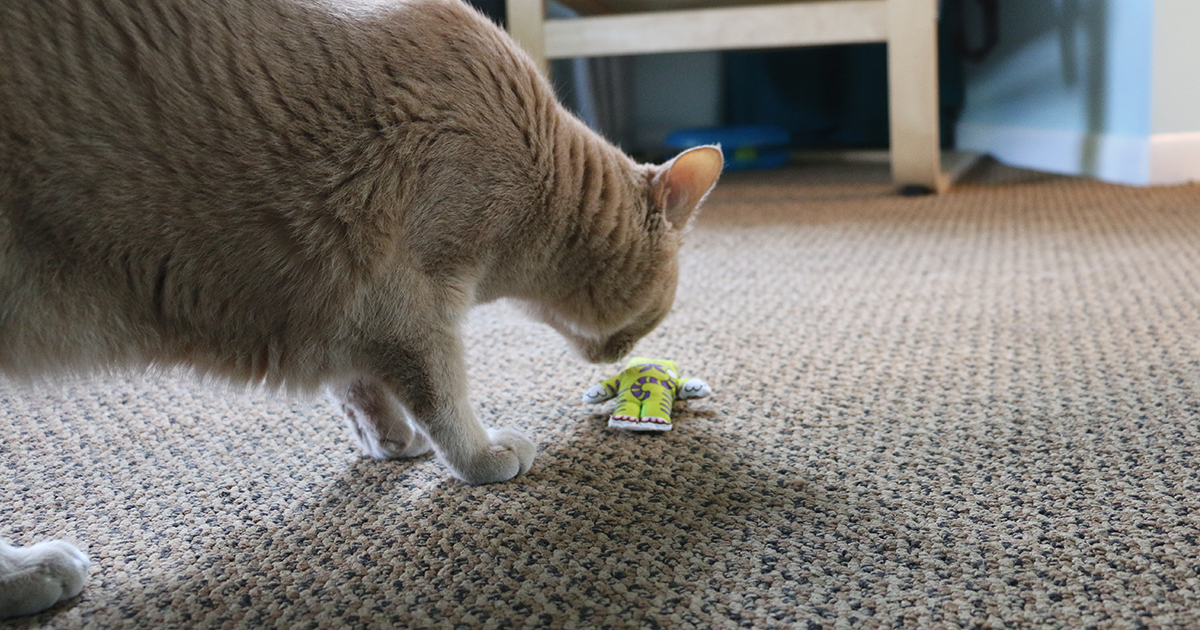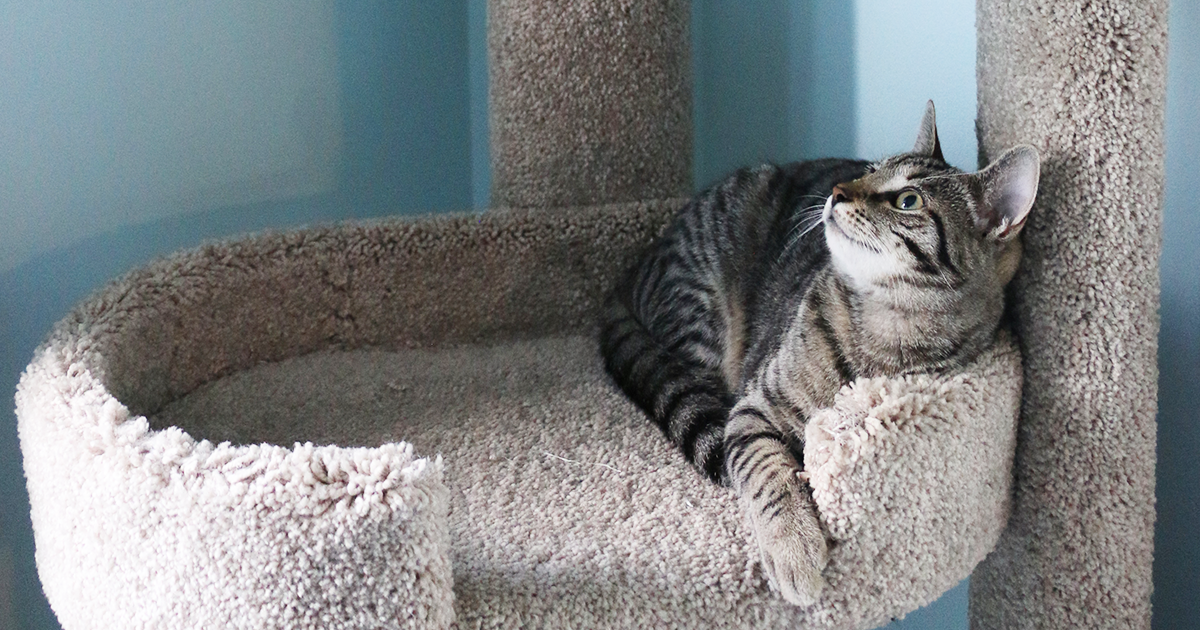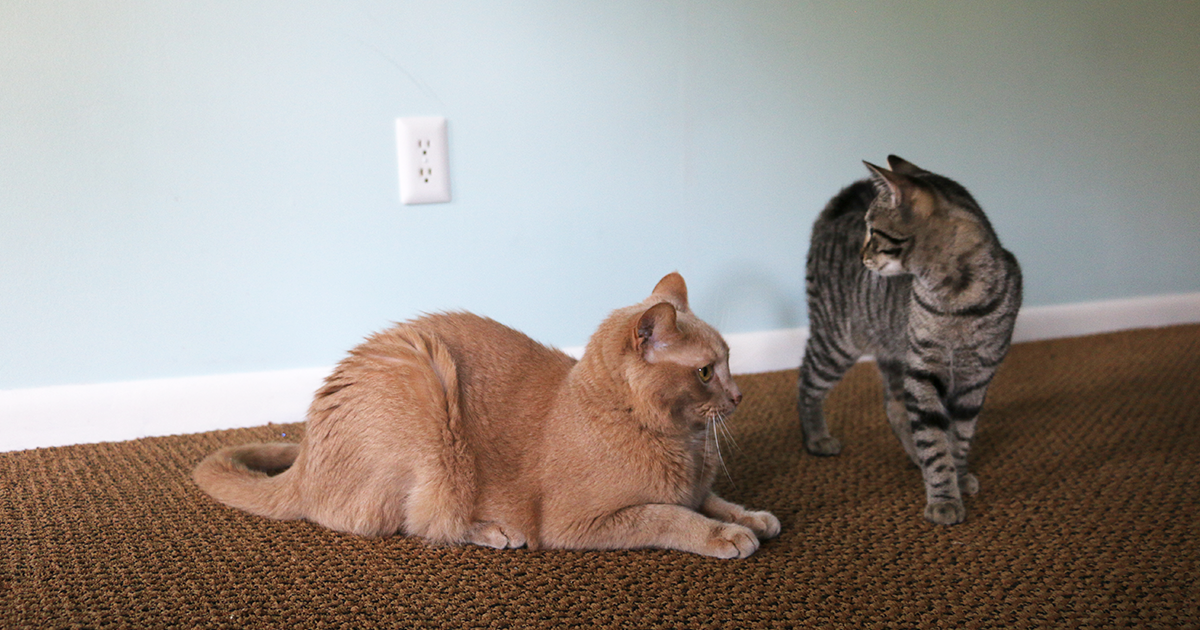Introducing a New Cat to Your Resident Cats
By Sandra Robins and Dr. Arnold Plotnick from The Original Cat Bible
If you already have a cat, don’t count on the fact that the newcomer and the established resident are of the same species to translate into instant friendship. How those first introductions go will have a lot to do with the personalities of the respective felines. If the incumbent cat is shy, she could even show signs of aggression because cats are naturally territorial, and a new cat could be viewed as an intruder. An incumbent cat is more likely to be tolerant of a kitten than of a fully grown cat, and female cats are known to be more aggressive than males. Ultimately, their individual personalities will rule.
As far as members of the household are concerned, everyone needs to stay calm during these initial introductions. Cats are very intuitive and pick up on human emotions. Patience is key; go slowly. See our steps below for introducing your new feline friend.
Join our Cat Crazy Contest! The crazy cat winner will receive a copy of the Original Cat Bible, a multi-cat box from Pet Treater filled with all kinds of cat parent and cat goodies, a Dean Russo’s Shiva Cat Journal, and My Cat’s Album. Contest ends December 1, 2019.
The Original Cat Bible
and appreciation for your feline friend that will serve to enhance your relationship.
Steps to Introducing your New Cat to Resident Cats
4. Between the Door Date
If you have a baby gate, let them meet on either side of the gate. Alternatively, place the newcomer in a carrier so that she feels secure and allow your other cat(s) to sniff around. It’s important to gauge how you think it’s proceeding before actually letting them meet up face to face, with no barrier between them.
The Meet and Greet
Plan the initial meet-up for when you have time, such as on a weekend or when you’ve scheduled a few days off from work. Rubbing vanilla essence on both cats, on their shoulder blades and at the base of their tails where they will have difficulty licking at it, can be helpful with the initial meet-up because when they sniff each other, they will smell the same. It’s important that the first occasions spent together are positive experiences for both cats.
Consider having the first “meet-and-greet sessions” be held over a tasty treat by putting them down next to each other with a separate bowl of tuna or kibble for each. Expect some hissing and some deep-throated growling. It’s a normal part of the “meet-and-greet” routine. Pet and play with both of them. However, if it turns physical, you may have to step in and separate them again. And, if the physical contact continues to get nasty every time you place them together, you may have to go back to square one, separate them for a week, and then start over. Feline introductions can take a long time—even up to six months before they tolerate one another. With care and patience, they can go from toleration to friendship. The bottom line is take charge. Never bring in a new cat and leave the cats to get on with it. This can be very stressful to all the cats involved, and sometimes the resulting animosity is permanent.
Get Exclusive Email Offers And Receive 15% OFF On Your First Book Order!













Recent Comments